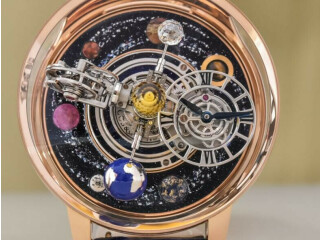THE MOST BASIC TYPES OF FRP GRATINGS Full-time Job
3 years ago Business Development Samraong 876 viewsJob Details
In our last post, we told you 5 things you need to know about FRP Grating. For those of you that are not familiar with Fibre Reinforced plastic/polymer grating, this article will give you a simplified summary and helpful background on FRP before you dive into reading this post.
For those of you that ARE familiar with FRP, read on and learn more about factors to consider when selecting your grating in addition to how FRP gratings are commonly categorised in the industry.
FACTORS TO CONSIDER WHEN SELECTING YOUR FRP GRATING
Choosing the right grating and correct resin for your application areas depends on two factors:
Environment Factors or Application area
Chemical exposure level
Temperature
Humidity factors
UV exposure
Desired Fire rating
Loading Requirements
Load Rating
Structural Support Span
THE TWO MOST BASIC METHODS OF CATEGORISING FRP
The two most basic methods of categorising FRP (Fibre Reinforced plastic/polymer) gratings are by:
Method of manufacturing/ production
Type of resin (thermosetting) used
There are other sub-categories within this broad classification that are based on application areas. These include:
Type of surface finish
Load rating requirements
Other special requirements such as UV exposure, Fire rating, Colour etc.
1. METHOD OF MANUFACTURING/PRODUCTION
Moulded FRP Gratings
Moulded FRP gratings are manufactured using the following process:
Laying or Weaving glass fibres
This step involves laying continuous glass fibres in the mould in vertical & horizontal directions. These are thoroughly wetted by the chosen resin (layer by layer).
Heating & Curing
After the completion of the weaving process, the mould is heated for curing the panel.
Ejecting the Panel
After the curing process is completed, the panel is ejected from the mould.
Standard panels would have a meniscus (concave) top surface finish. Based on requirements we bond grit to the surface or finish the surface to have a plain finish. These are called secondary operations.
The most important feature of the Moulded FRP grating is that they are an integral, one piece panel offering bidirectional strength. This is a standout feature compared to Pultruded FRP grating.
Pultruded FRP Gratings
Pultrusion is a continuous moulding process that produces products of the uniform cross section such as I beams, Channels, Flat bars, Rods, & other FRP profiles.
Pultruded FRP gratings are manufactured using the following process:
Resin Impregnation
Preselected reinforcement materials such as fibreglass roving, mat, woven or stitched fabrics are drawn through a resin bath or resin impregnation zone where the glass substrate is thoroughly impregnated with the resin mixture (liquid thermosetting resin).
Preforming & Forming
This wetted out fibre is formed to a desired geometric shape as it initially gets pulled through the Preformer (Preforming Die) & then through to the Heated Die. Inside the die, the resin curing process is initiated by precisely controlling the temperature. The laminate then solidifies to the exact shape of the cavity in the die (Forming Process), as the pultrusion machine continuously pulls it.
Cutting: An Automatic Cutter is deployed at the end of the machine to cut this Pultruded FRP section to desired lengths.


